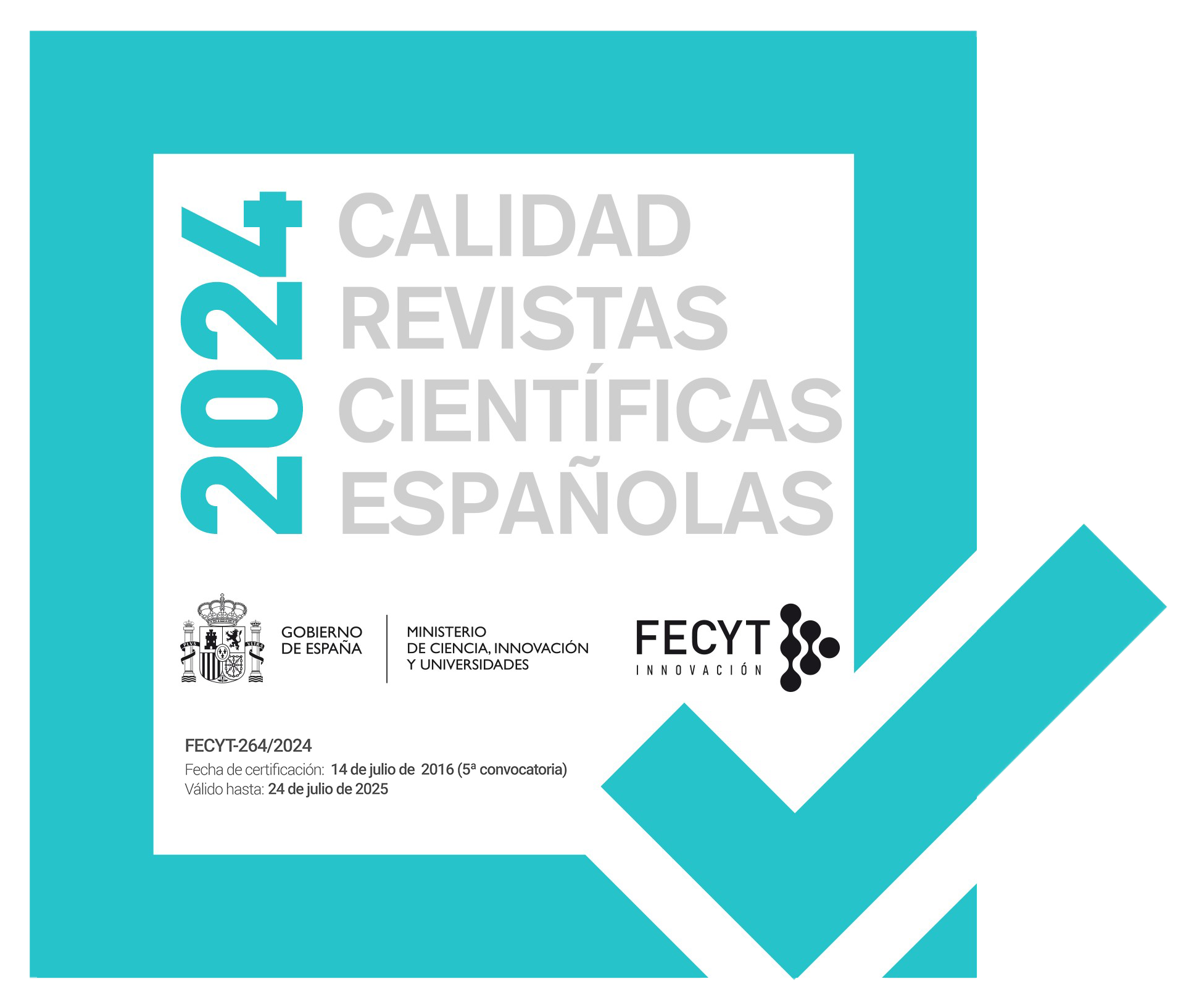Non-conventional water resources in coastal areas: a review on the use of reclaimed water
DOI:
https://doi.org/10.1344/105.000001433Keywords:
Water resources, Coastal areas, Non-conventional water, Water reclamation, Desalination, Waste water reuseAbstract
In an era of increasing contest for limited water resources a wise joint management of conventional and non-conventional water resources must be considered. Water scarcity aggravates in coastal zones which are often characterised by high population density, intense economic activity and tourism meaning heavy seasonal water demands. The relationships between sea and land water can also compromise the quality of available freshwater. In this context, the use of non-conventional water increases the availability of water supplies. Non-conventional water resources of lower quality could be directed to meet several needs (like watering lawns, washing cars, flushing toilets and cooling systems, among others). Therefore, significantly more potable water would be available to meet human demand for safe water.
References
Alcalde, L., Oron, G., Gillerman, L., Salgot, M., Trachtenberg, F., Amar, A., Tapias, J.C., 2002. Using phages for characterization of effluent quality in a stabilization pond and reservoirs system in arid regions. In: Rubin, H., Nachtnebel, P., Fürts, J., Shamir, U. (eds.). Water Resources Quality. New York, ed. Springer-Verlag, 433pp.
Angelakis, A.N., 2002. Wastewater reclamation and reuse in Europe. Intern Report for EUREAU, 20 pp.
Angelakis, A.N., Bontoux, L., 2001. Wastewater reclamation and reuse in Eureau countries. Water Policy, 3, 47-59.
Asano, T., Levin, A.D., 1998. Wastewater Reclamation, Recycling, and Reuse: An Introduction. In: Asano, T. (ed.). Wastewater Reclamation and Reuse. Pennsylvania, Technomic Publishing Company, 1-56.
Blumenthal, U., Mara, D., Peasey, A., Ruiz-Palacios, G., Scott, R., 2000. Guidelines for the microbiological quality of treated wastewater used in agriculture: recommendations for revising World Health Organisation guidelines. Bulletin of the World Health Organisation (WHO), 78, 1104-1116.
Campos, C., 1999. Indicadores de contaminación fecal en la reutilización de agua residual regenerada en suelos. Doctoral
thesis. University of Barcelona, 250 pp.
Campos, C., Oron, G., Salgot, M., Gillerman, L., 2000. Behavior of the fecal pollution indicators in a soil irrigated with wastewater under onsurface and subsurface dip irrigation. Water Science Technology, 42, 75-79.
CEDEX. Propuesta de calidades mínimas exigidas para la reutilización directa de efluentes depurados según los distintos
usos posibles, así como de aspectos relativos a la metodología, frecuencia de muestreo y criterios de cumplimiento de los análisis establecidos, para incluir en una normativa de carácter estatal. Unpublished Document.
Cikurel, H., Sack, J., Icekson-Tal, N., 2001. Evaluation of treatment efficiency and reliability of operation of soil-aquifer treatment. Actes du Colloque. “Gestion intégrée de l’eau et réutilisation des eaux usées” , 24 septembre, Noirmoutier, 1-22.
Coch, N.K., 1995. Geohazards: natural and human. Englewood Cliffs, New Jersey, ed. Prentice Hall, 481pp.
Crook, J., 1998. Water Reclamation and Reuse Criteria. In: Asano, T. (ed.). Wastewater Reclamation and Reuse. Pennsylvania, Technomic Publishing Company, 627-703.
Custodio, E., Bruggeman, G.A., 1987. Groundwater problems in coastal areas. UNESCO, Paris, Studies and Reports in Hydrology, 45, 576 pp.
Dziegielewski, B., Opitz, E.M., Maidment, D., 1996. Water demand analysis. In: Mays, L.W. (ed.). Water Resources Handbook. New York, ed. McGraw-Hill. Cap. 23, 1-62.
Georgopoulou, E., Kotronarou, A., Koussis, A., Restrepo, P.J., Gómez-Gotor, A., Rodríguez Jiménez, J., 2001. A methodology to investigate brackish groundwater desalination coupled with aquifer recharge by treated wastewater as an alternative strategy for water supply in Mediterranean areas. Desalination Journal, 136, 307-315.
Griffin, R.C., 2001. Effective water pricing. Journal of the American Water Resources Association, 37, 1335-1347.
Medina, J.A., 2000. Desalación de aguas salobres y de mar. Osmosis inversa. Madrid, Mundi-Prensa Libros, S.A., 396 pp. Metcalf and Eddy, 2003. Wastewater Engineering: Treatment and Reuse. New York, ed. McGraw-Hill, 1819 pp.
National Research Council, 1994. Ground water recharge using waters of impaired quality. Washington, D.C., National
Academy Press, 283 pp.
Odendaal, P.E., Westhuizen, J.L.J., Grobler, G.J., 1998. Wastewater Reuse in South Africa: Wastewater Reclamation and Reuse. In: T. Asano (ed.). Wastewater Reclamation and Reuse. Pennsylvania, Technomic Publishing Company, 1163-1192.
Pyne, D.G., 1995. Groundwater recharge and wells: A guide to aquifer storage recovery. Boca Raton, Lewis Publishers, 376pp.
Salgot, M., Pacual, A., 1996. Existing guidelines and regulations in Spain on wastewater reclamation and reuse. Water
science and Technology, 34, 261-267.
Salgot, M., Vergés, C., Angelakis, A.N., 2003. Risk assessment in wastewater recycling and reuse. Water Science and Technology: Water Supply, 3, 301-309.
Terrassa, M., Cadenas, A., 2000. Situation of water supply in Majorca. Catchwater Workshop. 5-6 March, Majorca.
Van de Ven, N.R.G., 1990. Water balance in urban areas. International Association of Hydrological Sciences Publication, 198, 21-33.
Van der Hoek, W., Konradsen, F., Jehangi, W.A., 1999. Domestic use of irrigation water: health hazard or opportunity? International Journal of Water Resources Development, 15, 107-119.
Downloads
Published
Issue
Section
License

This work is licensed under a Creative Commons Attribution-ShareAlike 4.0 International License.
Copyright
Geologica Acta is the property of the UB, GEO3BCN, IDAEA and UAB. Geologica Acta must be cited for any partial or full reproduction. Papers are distributed under the Attribution-Share Alike Creative Commons License. This license allows anyone to reproduce and disseminate the content of the journal and even make derivative works crediting authorship and provenance and distributing possible derivative works under the same or an equivalent license.
Author Rights
Authors retain the copyright on their papers and are authorized to post them on their own web pages or institutional repositories. The copyright was retained by the journal from the year 2003 until 2009. In all cases, the complete citation and a link to the Digital Object Identifier (DOI) of the article must be included.
The authors can use excerpts or reproduce illustrations of their papers in other works without prior permission from Geologica Acta provided the source of the paper including the complete citation is fully acknowledged.




